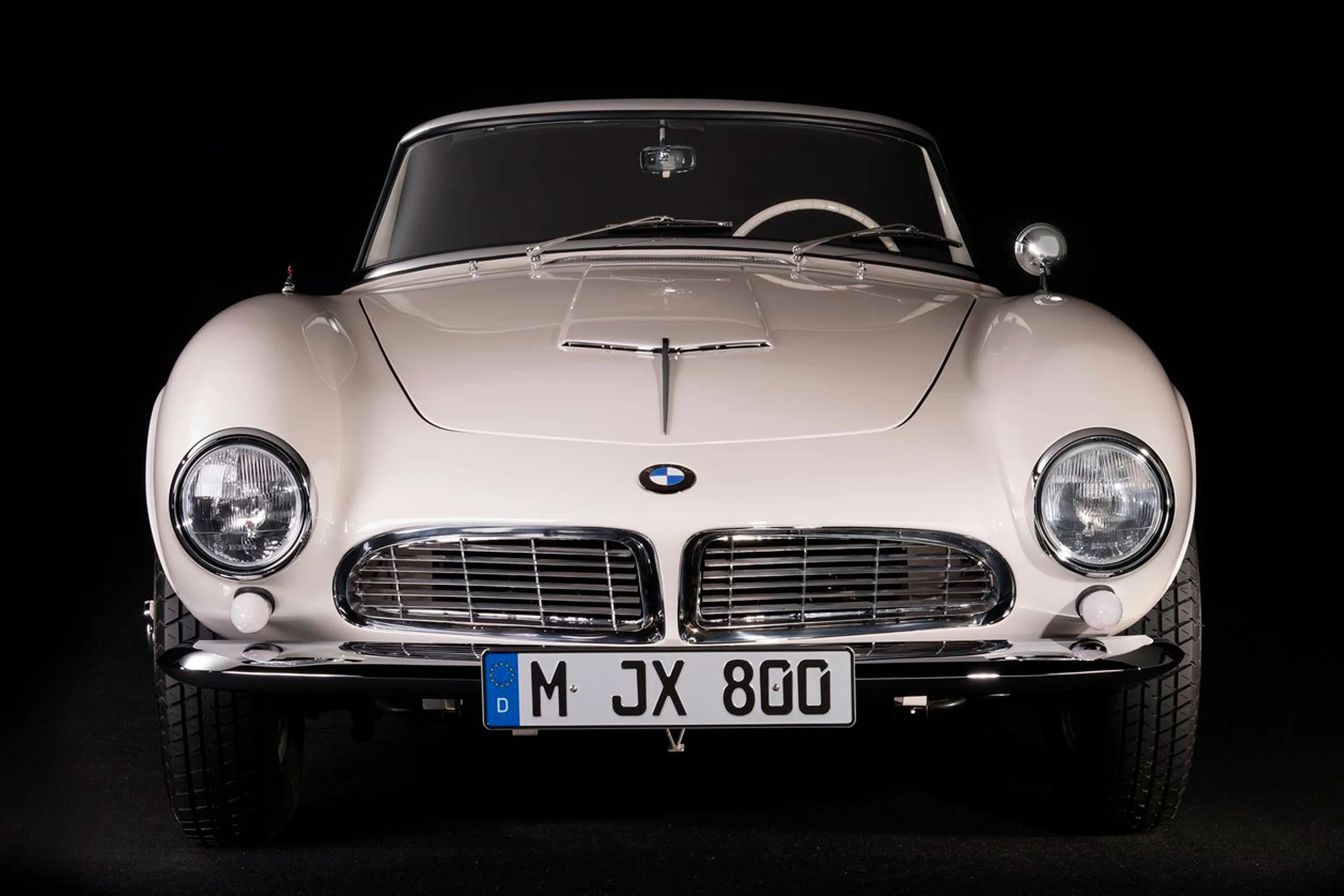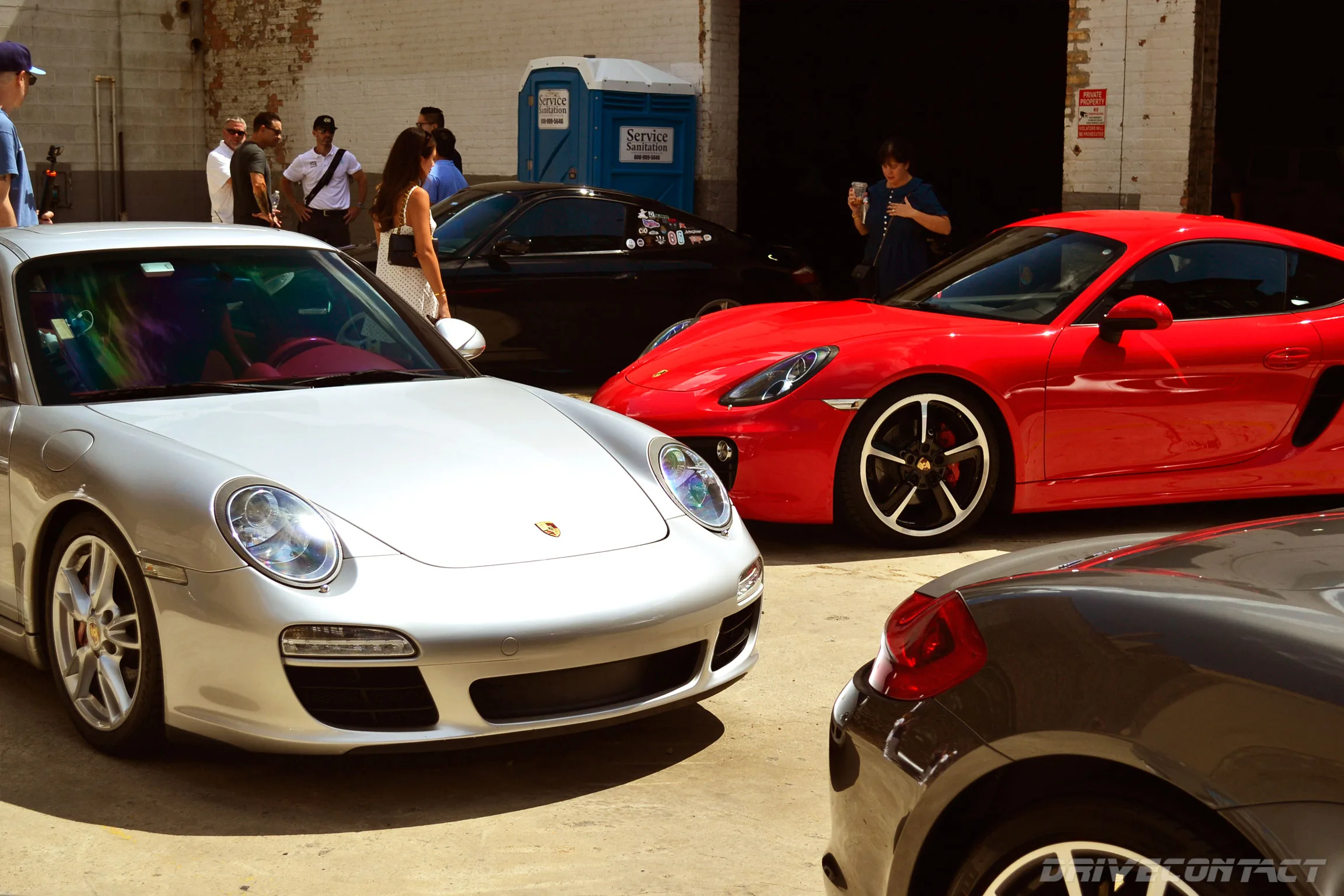The BMW 507, launched in 1955 at the Frankfurt Motor Show, became a symbol of postwar ambition and classic German luxury, representing the marque’s first true sports car since the legendary 328 of the prewar era. Crafted during a period of rapid industrial and cultural rebirth for Germany, the 507 reflected both technical prowess and avant-garde design, setting new benchmarks in the competitive landscape of 1950s grand touring roadsters.
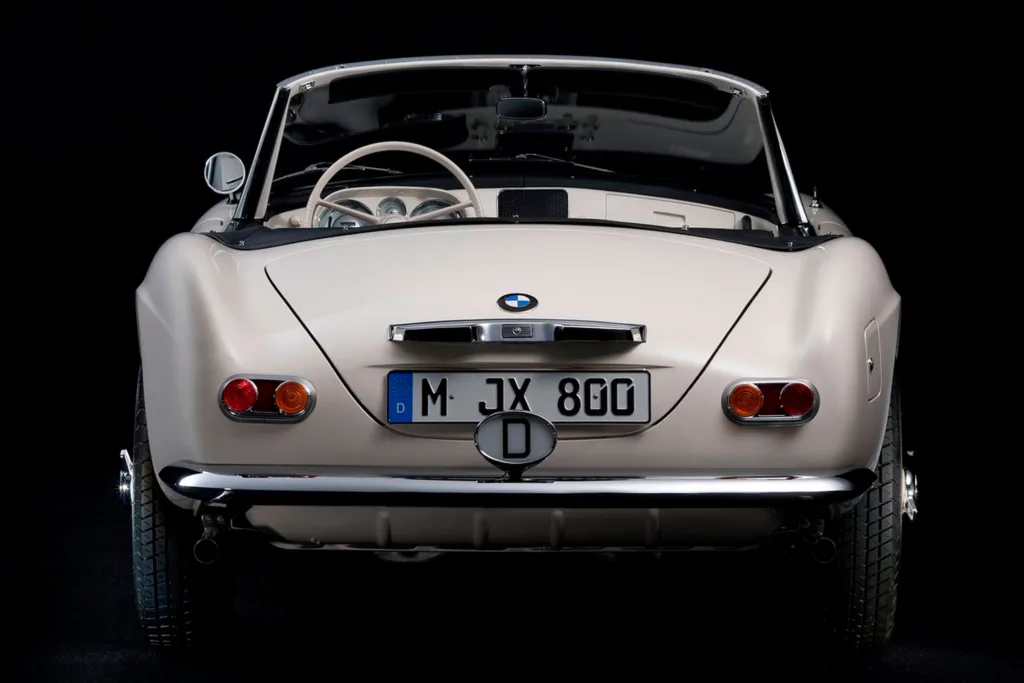
Origins and Development
BMW’s drive to create a world-class sports car after WWII was rooted in the success of the Model 328, renowned for its lightweight agility and racing pedigree. With Europe rebuilding and automotive technology advancing swiftly, the luxury sports segment saw fierce competition—especially from Mercedes-Benz, who stunned the world with the 300SL Gullwing in 1954. BMW’s answer arrived a year later: the 507. Designed by Albrecht von Goertz, a disciple of celebrated industrial designer Raymond Loewy, the 507 was marked by its sensuous lines, elegant proportions, and an understated but undeniably upscale presence.

The hand-formed aluminum body was both sleek and modern, offering an aesthetic refinement that surpassed BMW’s previous efforts. Not only did the 507 come as an open-air roadster, but owners could easily fit a removable hardtop, transforming it into a sophisticated coupé—an advanced concept for its time.
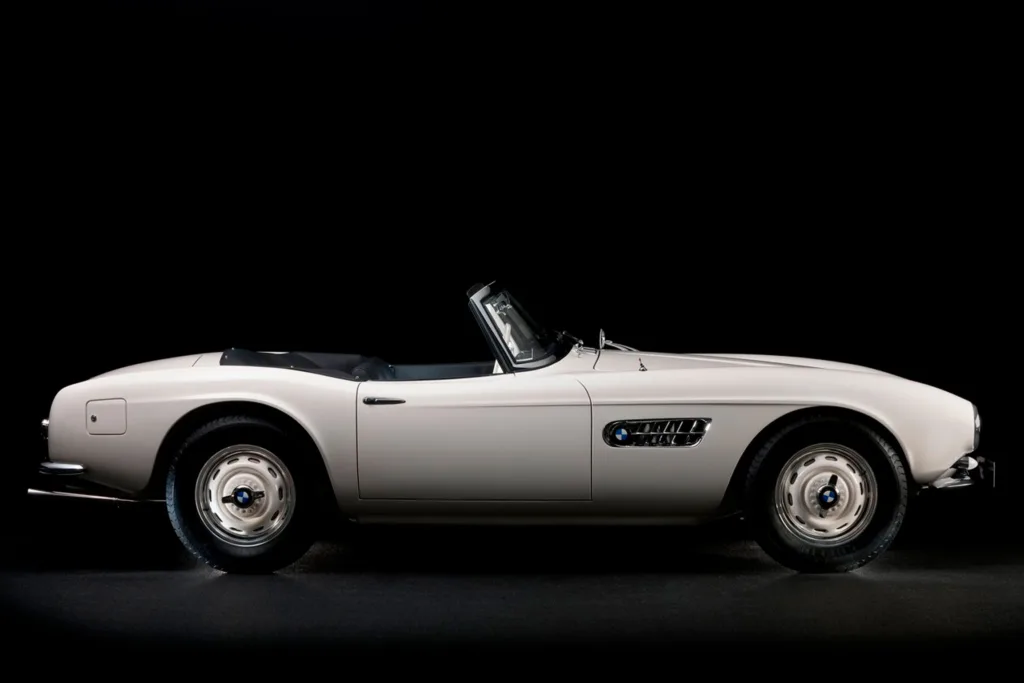
Technical Highlights and Performance
Built on a custom chassis developed specifically for the car, the BMW 507 utilized a re-engineered V8 OHV engine derived from the 501 and 502 luxury saloons. This 3,168 cm³ unit was tuned to generate 150 hp and 235.2 Nm of torque, channelled through a 4-speed manual transmission that enabled spirited driving. Combined with its relatively lightweight construction, the 507 could accelerate to a top speed of 200 km/h (124 mph), a remarkable figure for sports cars of the era—especially considering its rival, the Mercedes 300SL, was similarly quick but far heavier.
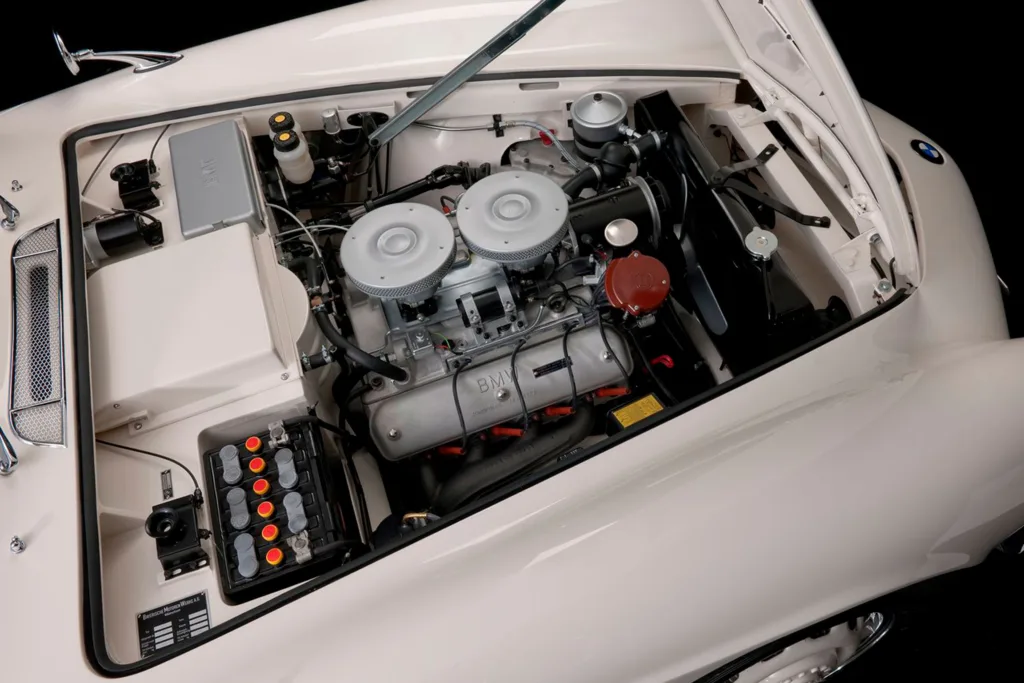
The advanced suspension setup included double wishbones at the front and a live rear axle, delivering both comfort and sharp dynamic responses. The 507’s well-balanced chassis earned praise from automotive journalists and enthusiasts for its direct, rewarding handling, contributing to its modern reputation as an engaging, driver-centric classic.

Market Position, Challenges, and Legacy
BMW envisioned the 507 as a direct competitor to the Mercedes-Benz 300SL, hoping to market it as an attainable luxury sports car for the booming export markets of North America and Western Europe. However, high manufacturing and development costs forced the 507 into the same price tier as its Mercedes rival, limiting potential buyers to an elite clientele. Postwar economic realities meant many German citizens struggled to purchase even practical family vehicles, while BMW’s lineup—apart from the Isetta microcar—focused almost exclusively on premium models. This strategy led to significant financial strain for the company, ultimately forcing BMW to reconsider its approach to the luxury market.
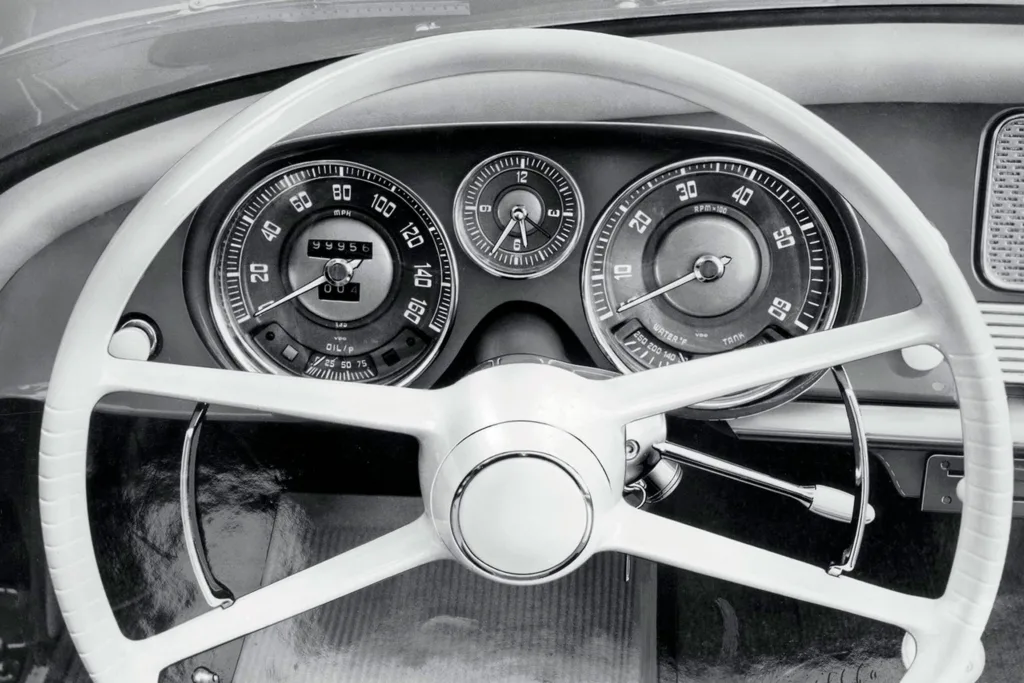
Despite critical acclaim and enduring historical importance, only 252 BMW 507s were built between 1956 and 1959, after which production ceased. The car’s rarity, combined with its elegant design and admirable performance, has since made it one of the most coveted and collectible BMWs of all time. Owners included cultural icons such as Elvis Presley, cementing the car’s legendary status among collectors and enthusiasts.

Historical Impact and Collector’s Appeal
Though its commercial failure contributed to BMW’s financial woes in the late 1950s, the 507’s significance lies in its role as both a technological showcase and a testament to mid-century European style. The model helped inspire future generations of BMW roadsters, such as the Z8 at the turn of the 21st century, which adopted several of the 507’s classic cues in homage.
Today, BMW 507 roadsters survive as rare treasures—celebrated in concours events and private collections, where their timeless aesthetics and storied past command considerable admiration and value.
